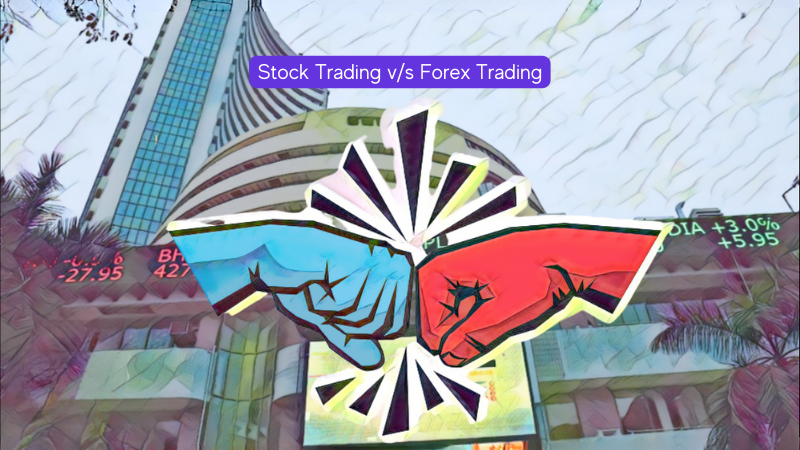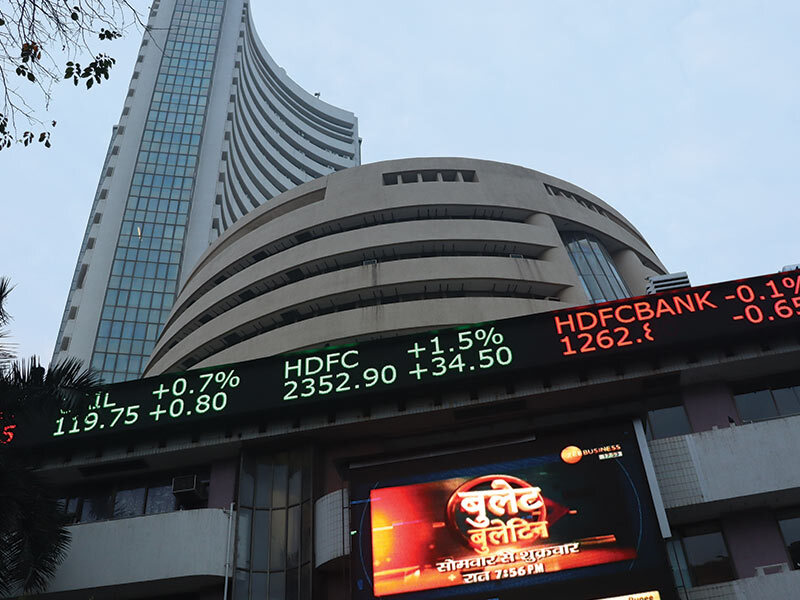
The stock markets are often compared to weather, sometimes breezy, sometimes stormy, and also bright on some days, but most unpredictable. Although analysts across the globe design various technical analysis techniques to predict the markets through patterns, it continues to remain a challenging area. Due to stock market volatility and unpredictability, many investors prefer to invest for the long term, aiming for returns through capital appreciation. An investor can use various ways of identifying good long-term stocks for investment. Investors can buy best stocks for long term with these tips and ensure a smooth investment process apart from enhancing the chances of profitability.
Read More – Best stocks to invest for the long term in 2023
Understanding Long-term Investments in stocks
When it comes to investing in stocks, the two main approaches are short-term investment and long-term investment in stocks. Short-term investing involves buying and selling stocks over a relatively short period of time, such as days or weeks, with the goal of making quick profits from price fluctuations. On the other hand, long-term investing involves buying stocks with the intention of holding onto them for an extended period, typically years or even decades. Long-term investing is widely regarded as a conservative and low-risk strategy compared to short-term trading. Its core principle involves allowing investments to grow gradually over time, capitalizing on the overall expansion of the stock market.
Factors to consider while buying stocks for long term
Some of the key considerations for buying quality and best stocks for long-term investments are discussed hereunder.
Assessing the Company’s Fundamentals
Before making long-term investment decisions, it is crucial to evaluate the fundamental aspects of a company. This involves analyzing its financial statements, such as the balance sheet, income statement, and cash flow statement. This helps in understanding its financial health, revenue growth, profitability, and cash flow generation. Investors should look for companies with consistent earnings growth, manageable debt levels, a strong cash position, and positive operating cash flow. At the same time, companies with good financial ratios and proven track records along with sound dividend distribution policies are also to be considered for investing with a long-term perspective.
Evaluating the Company’s Competitive Advantage
Assessing a company’s competitive advantage is vital for long-term investing. This entails examining what differentiates the company from its competitors and how it maintains its market position. Factors such as a unique product or service offering, strong brand recognition, intellectual property rights, economies of scale, or a loyal customer base can contribute to sustainable competitive advantage. Companies with a durable competitive advantage are more likely to withstand market competition and generate long-term value for investors.
Analyzing Market Trends and Economic Factors
Long-term investors should consider broader market trends and economic factors that can impact a company’s performance. This involves analyzing industry growth prospects, market demand for the company’s products or services, technological advancements that may disrupt the industry, and any regulatory or macroeconomic factors that could affect the company’s operations. Understanding these external factors helps investors assess the long-term viability of the company and its ability to adapt to changing market conditions.
Examining the Management Team
The competence of the management team and their track record are critical for a company’s success. Investors should evaluate the management team’s experience, qualifications, and ability to execute the company’s strategic vision. Assessing the management’s past performance, decision-making abilities, and transparency in communication can provide insights into their effectiveness. A strong and capable management team is more likely to navigate challenges, drive growth, and create value for shareholders over the long term.
Estimating Future Growth Potential
Evaluating a company’s growth potential is essential for long-term investing. This involves analyzing various factors, such as the company’s target market, expansion plans, research and development efforts, and potential for innovation. Investors should assess whether the company has a sustainable competitive advantage, a well-defined growth strategy, and the ability to capitalize on emerging trends in its industry. Companies with robust growth potential are more likely to generate higher returns for long-term investors.
Assessing Valuation Metrics
Valuation metrics help investors determine whether a stock is overvalued, undervalued, or fairly priced. Common valuation ratios include the price-to-earnings (P/E) ratio, price-to-sales (P/S) ratio, and price-to-book (P/B) ratio. Investors should compare these ratios to industry peers, historical averages, and the growth prospects of the company to gauge the stock’s relative value. A thorough valuation analysis helps investors make informed decisions about the potential risks and rewards associated with a particular stock.
Diversification and Risk Management
Diversification is a crucial risk management strategy in long-term investing. By spreading investments across different sectors, industries, and geographies, investors can reduce the impact of any individual stock’s performance on their overall portfolio. Diversification helps mitigate risks associated with specific companies or sectors and provides exposure to a broader range of investment opportunities. Investors should carefully consider their risk tolerance and diversify their portfolios accordingly to achieve a balanced and resilient investment strategy.
Building a Long-Term Investment Strategy
It is important to develop a well-defined long-term investment strategy. This includes setting clear investment goals, determining risk tolerance, and establishing a disciplined approach to portfolio management. Investors should regularly review and rebalance their portfolios to ensure alignment with their long-term objectives.
Conclusion
Warren Buffett once said,
“The stock market is a device for transferring money from the impatient to the patient.”
Patience and long-term consistency are very rare in stock markets, but those who have it can enjoy great long-term returns. Small stock market corrections make many short-term or swing investors worry about possible losses. However, those who invest for the long term always look out for quality stocks during market corrections and enhance their portfolios with the right stock picks. Investors can pick quality long-term stocks by employing the above-mentioned decision enhancers to ensure capital appreciation as per expectations.
FAQs
Long-term stock market investment can range anywhere between 3-5 years, with some investors even opting for the 7-10-year horizon for further capital appreciation.
Compounding refers to the reinvestment of accrued returns. The profits made on the principal investment if reinvested will further increase the principal amount in the long run. Thus, compounding aids maximisation of returns on investment.
Long-term stock market investors must consider their financial situation, investment goals, and risk preferences to ensure that liquidity is not hampered at any point.
Long-term investments generally carry a lower risk of capital loss as compared to short-term or medium-term investments. However, this depends on the stocks chosen and their long-term performance.
Many value investors look for small-call stocks with good fundamentals to benefit in the long run. However, value investing requires a detailed research and may carry higher risks.


























